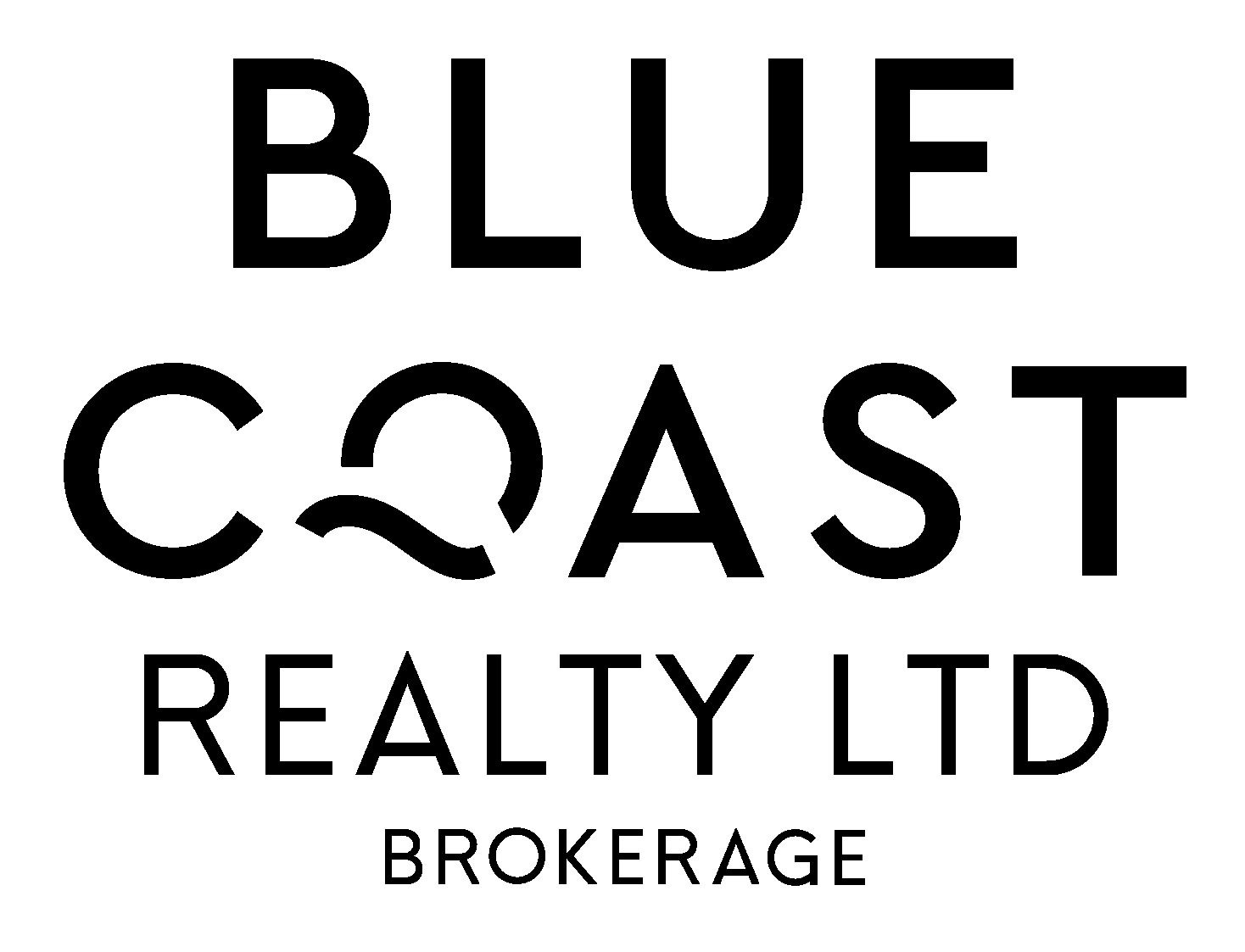
As a real estate investor, it's essential to know how to evaluate potential investments. One critical tool in your arsenal is the cap rate. In this blog post, we'll explain what cap rates are, how they're calculated, and how you can use them to make informed investment decisions.
What Are Cap Rates?
Cap rates, or capitalization rates, are a metric used to evaluate the potential return on investment for a rental property. They represent the percentage return an investor can expect to earn on their investment each year, based on the property's net operating income (NOI) and current market value.
How Are Cap Rates Calculated?
Cap rates are calculated by dividing a property's NOI by its current market value. The NOI is the income generated by the property after deducting operating expenses, such as property taxes, maintenance costs, and insurance. The current market value is determined by recent sales of similar properties in the area.
For example, let's say a property generates an annual NOI of $50,000 and has a current market value of $1,000,000. The cap rate would be calculated as follows:
$50,000 ÷ $1,000,000 = 0.05 or 5%
This indicates that the property has a cap rate of 5%, meaning an investor can expect to earn a 5% return on their investment each year.
How Do Cap Rates Help Real Estate Investors?
Cap rates are a crucial tool for real estate investors as they can help evaluate the relative value of different investment opportunities. Cap rates can vary depending on location, property type, and market conditions. As supply and demand in the real estate market changes, so too will the cap rates.
For example, suppose there is high demand for properties in an area, and the supply is limited. In that case, the market value of the property may increase, while the NOI remains the same. If the market value of the property increases to $1,200,000, and the NOI remains at $50,000, the new cap rate would be:
$50,000 ÷ $1,200,000 = 0.0416 or 4.16%
Conversely, if there is low demand for properties in an area and high supply, the market value of the property may decrease while the NOI remains the same. If the market value of the property decreases to $800,000, and the NOI remains at $50,000, the new cap rate would be:
$50,000 ÷ $800,000 = 0.0625 or 6.25%
By understanding cap rates and how they can fluctuate, real estate investors can compare the relative value of different investment opportunities and make informed decisions based on a property's potential return on investment.
Cap Rate FAQs
Q: What are the limitations of using cap rates as a measure of investment opportunity?
A: Cap rates do not consider factors like the property's location, condition, or potential for appreciation, which can impact its value over time. Additionally, cap rates are influenced by market conditions and may vary depending on the type of property.
Q: How can cap rates be used to compare different investment opportunities?
A: Cap rates can be used to compare the potential profitability of different investment opportunities, but only if the properties being compared are similar in terms of type, location, and other relevant factors.
Q: Can cap rates be used to predict future property values?
A: Cap rates alone cannot predict future property values. They are a measure of the potential return on investment based on the property's current net operating income and value.
Q: What are some other factors to consider when evaluating a real estate investment opportunity?
A: In addition to cap rates, real estate investors should consider factors like market trends, location, property condition, potential for appreciation, financing options, and their personal investment goals and risk tolerance. A comprehensive analysis of these factors is necessary to make informed investment decisions.



